Full Sun Hydrangeas: The Ultimate Guide To Growing These Beautiful Blooms In Your Garden
Hydrangeas are beautiful flowering shrubs that can add a touch of elegance to any garden. While most hydrangeas prefer partial shade, there are a few varieties that can thrive in full sun. These full sun hydrangeas are a great option for gardeners who want to enjoy the beauty of hydrangeas without having to worry about providing them with too much shade.
In this blog post, we will discuss the different types of full sun hydrangeas, as well as the best practices for growing and caring for them. We will also provide some tips on how to choose the right full sun hydrangea for your garden.
Types of Full Sun Hydrangeas
There are a number of different types of full sun hydrangeas available. Some of the most popular varieties include:
- Smooth Hydrangea (Hydrangea arborescens): This is a hardy hydrangea that can tolerate full sun and hot weather. It produces large, white flowers in the summer.

- Panicle Hydrangea (Hydrangea paniculata): This hydrangea is known for its large, cone-shaped flowers that can grow up to 12 inches long. It blooms in the summer and fall.
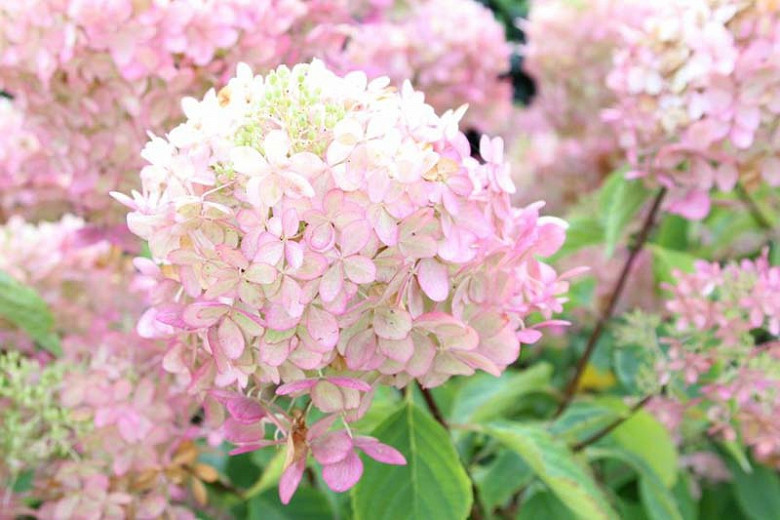
- Hills of Snow Hydrangea (Hydrangea paniculata 'Grandiflora'): This variety of panicle hydrangea is known for its large, pure white flowers. It is a popular choice for gardens in the northern United States.

- Limelight Hydrangea (Hydrangea paniculata 'Limelight'): This hydrangea is known for its bright lime green flowers that turn pink or red in the fall. It is a popular choice for gardens in the southern United States.
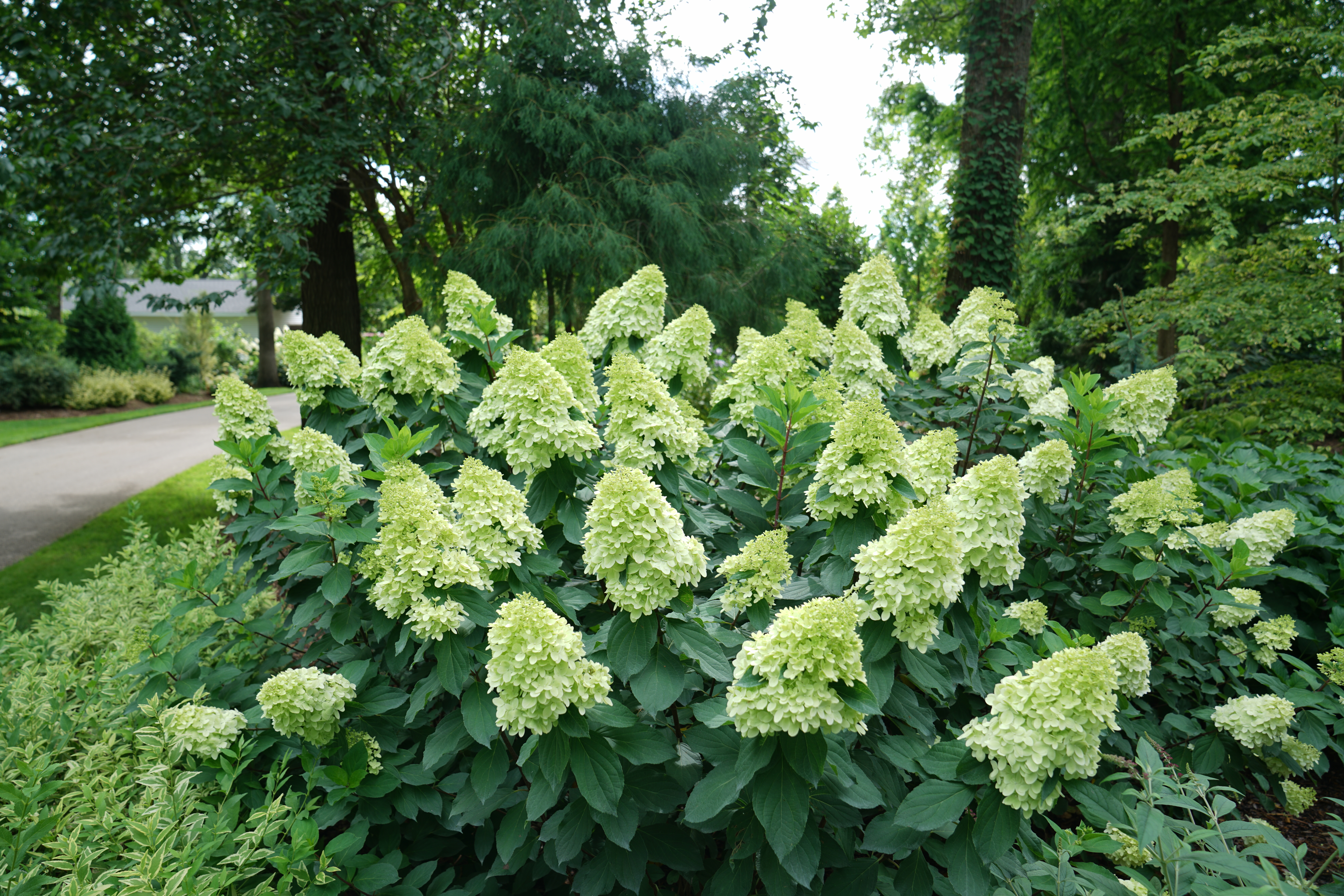
- French Hydrangea (Hydrangea macrophylla): This hydrangea is known for its large, showy flowers that can change color depending on the pH of the soil. In acidic soil, the flowers will be blue or purple. In alkaline soil, the flowers will be pink or red.

Growing and Caring for Full Sun Hydrangeas
Full sun hydrangeas are relatively easy to grow and care for. However, there are a few things you need to keep in mind to ensure that your plants thrive.
- Sunlight: Full sun hydrangeas need at least 6 hours of direct sunlight per day. If you live in a hot climate, you may want to provide your plants with some afternoon shade.
- Soil: Full sun hydrangeas prefer moist, well-drained soil. The soil should be rich in organic matter. If your soil is sandy or clayey, you may need to amend it with compost or peat moss.
- Watering: Full sun hydrangeas need regular watering, especially during hot, dry weather. Water your plants deeply and infrequently.
- Fertilizing: Full sun hydrangeas benefit from regular fertilization. In the spring, apply a balanced fertilizer to your plants. In the fall, you can apply a fertilizer that is high in phosphorus to encourage flowering.
- Pruning: Full sun hydrangeas should be pruned in the spring, before new growth appears. Remove any dead or damaged wood, as well as any stems that are crossing or rubbing against each other. You can also prune your plants to control their size.
Choosing the Right Full Sun Hydrangea
When choosing a full sun hydrangea, there are a few factors you need to consider:
- Sun exposure: Make sure to choose a variety that can tolerate the amount of sunlight in your garden.
- Size: Full sun hydrangeas can grow to be quite large. Choose a variety that is the right size for your garden.
- Color: Full sun hydrangeas come in a variety of colors. Choose a variety that you love.
- Hardiness: Make sure to choose a variety that is hardy in your climate zone.
Conclusion
Full sun hydrangeas are a beautiful and versatile addition to any garden. With a little bit of care, you can enjoy their blooms for many years to come.
If you're looking for a hydrangea that can thrive in full sun, look no further than the . This website has a wealth of information on full sun hydrangeas, including the different varieties, how to care for them, and where to buy them.
The also has a blog that features articles on a variety of gardening topics, including hydrangeas. In one recent article, the team discussed the best full sun hydrangeas for different climates. They also offered tips on how to plant and care for these hydrangeas.
If you're serious about growing full sun hydrangeas, I highly recommend visiting the . The information on this website is comprehensive and accurate, and the team is always happy to answer questions.
FAQ of full sun hydrangea
- Can full sun hydrangeas grow in full sun?
Yes, full sun hydrangeas can grow in full sun, but they may not flower as well as they would in part shade. If you live in a hot climate, it is important to plant your full sun hydrangea in a location that gets morning sun and afternoon shade. You may also need to water your hydrangea more frequently in full sun.
- What are the best soil conditions for full sun hydrangeas?
Full sun hydrangeas prefer well-drained, loamy soil that is rich in organic matter. The soil pH should be between 5.5 and 6.5. If your soil is too alkaline, you can add sulfur to acidify it.
- How much water do full sun hydrangeas need?
Full sun hydrangeas need regular watering, especially during hot, dry weather. Water your hydrangea deeply once a week, or more often if the weather is hot and dry.
- How do I fertilize full sun hydrangeas?
Full sun hydrangeas should be fertilized in the spring and fall with a balanced fertilizer. You can also use an acidifying fertilizer to help keep the soil pH in the ideal range.
- How do I prevent pests and diseases in full sun hydrangeas?
Full sun hydrangeas are relatively resistant to pests and diseases. However, you may need to spray them with an insecticidal soap or neem oil if they are infested with aphids, spider mites, or other pests. You should also remove any diseased leaves or flowers from the plant.
Image of full sun hydrangea
5 different images of "full sun hydrangea" from Pinterest:
Smooth Hydrangea
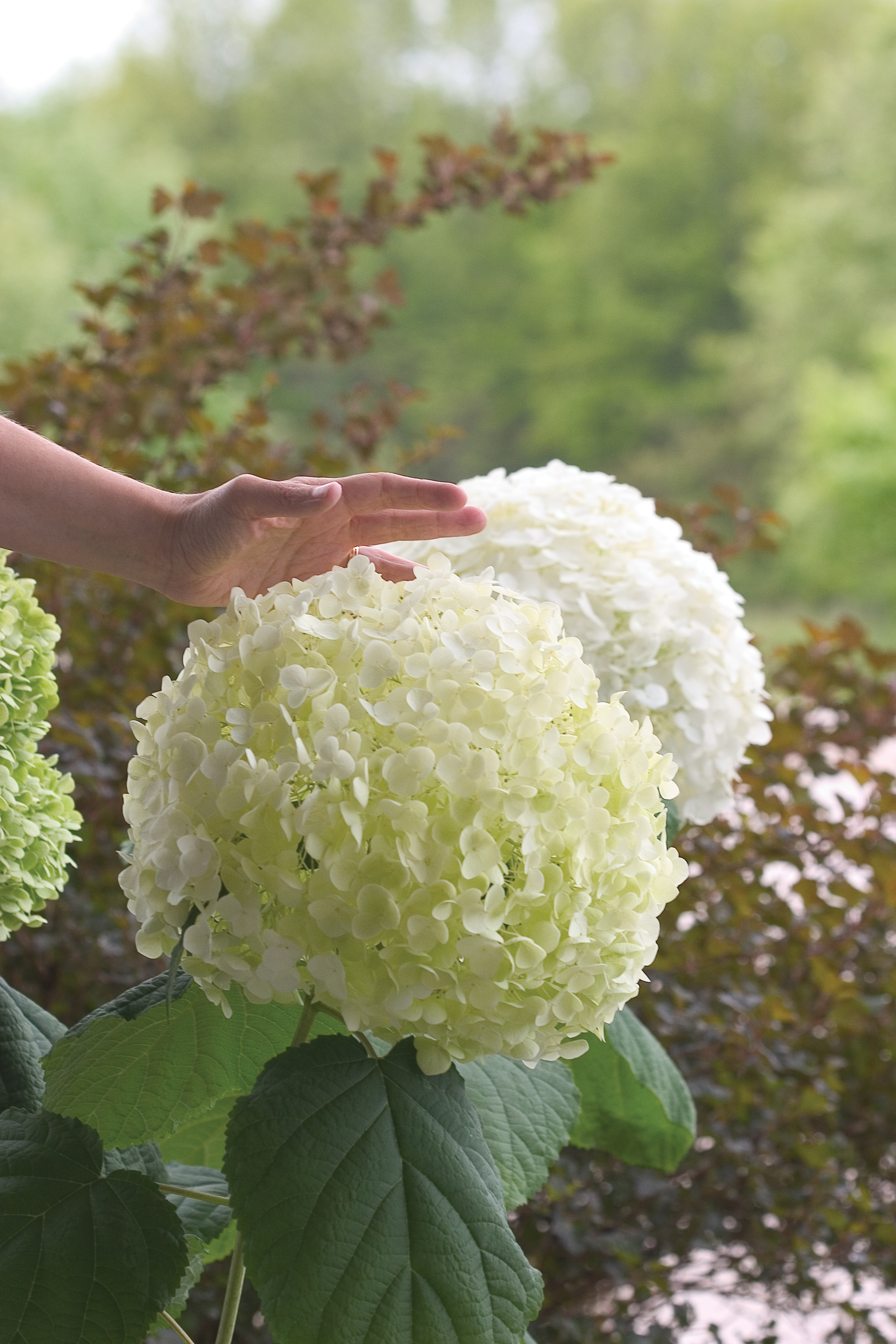 This type of hydrangea is known for its large, smooth leaves and white flowers. It is a hardy plant that can tolerate full sun, but it will do best in partial shade.
This type of hydrangea is known for its large, smooth leaves and white flowers. It is a hardy plant that can tolerate full sun, but it will do best in partial shade.

Annabelle Hydrangea
This hydrangea is a popular choice for its large, round clusters of white flowers. It is a relatively easy plant to care for and can tolerate full sun, although it may not flower as well as it would in partial shade.
Limelight Hydrangea
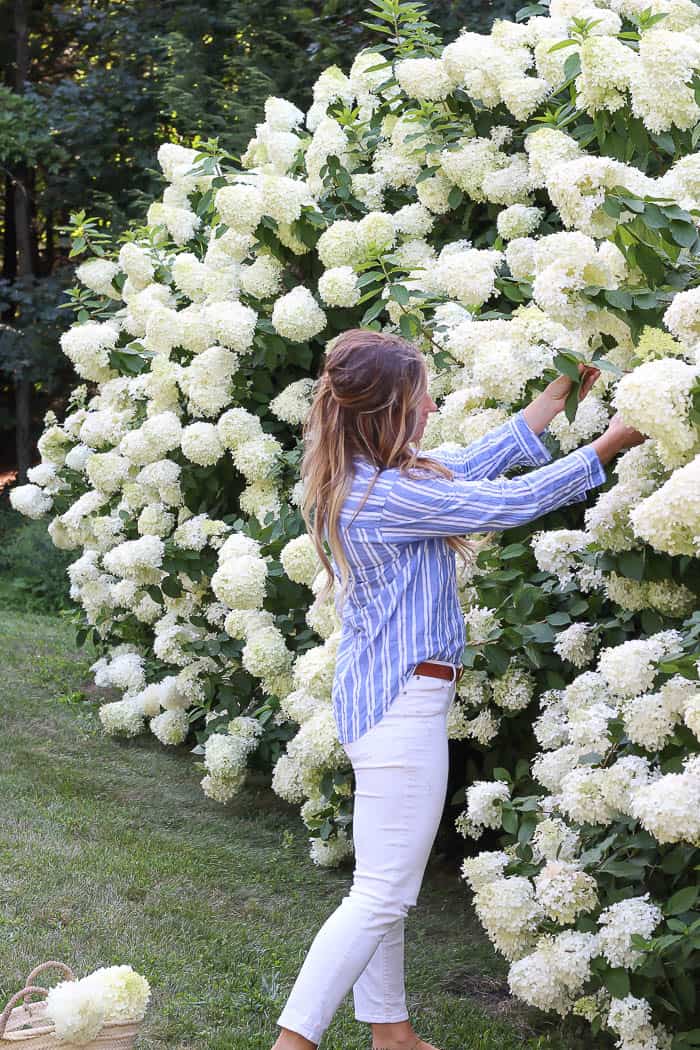 This hydrangea is known for its bright lime green flowers that eventually turn pink or blue. It is a vigorous grower that can tolerate full sun, but it will do best in partial shade.
This hydrangea is known for its bright lime green flowers that eventually turn pink or blue. It is a vigorous grower that can tolerate full sun, but it will do best in partial shade.

Endless Summer Hydrangea
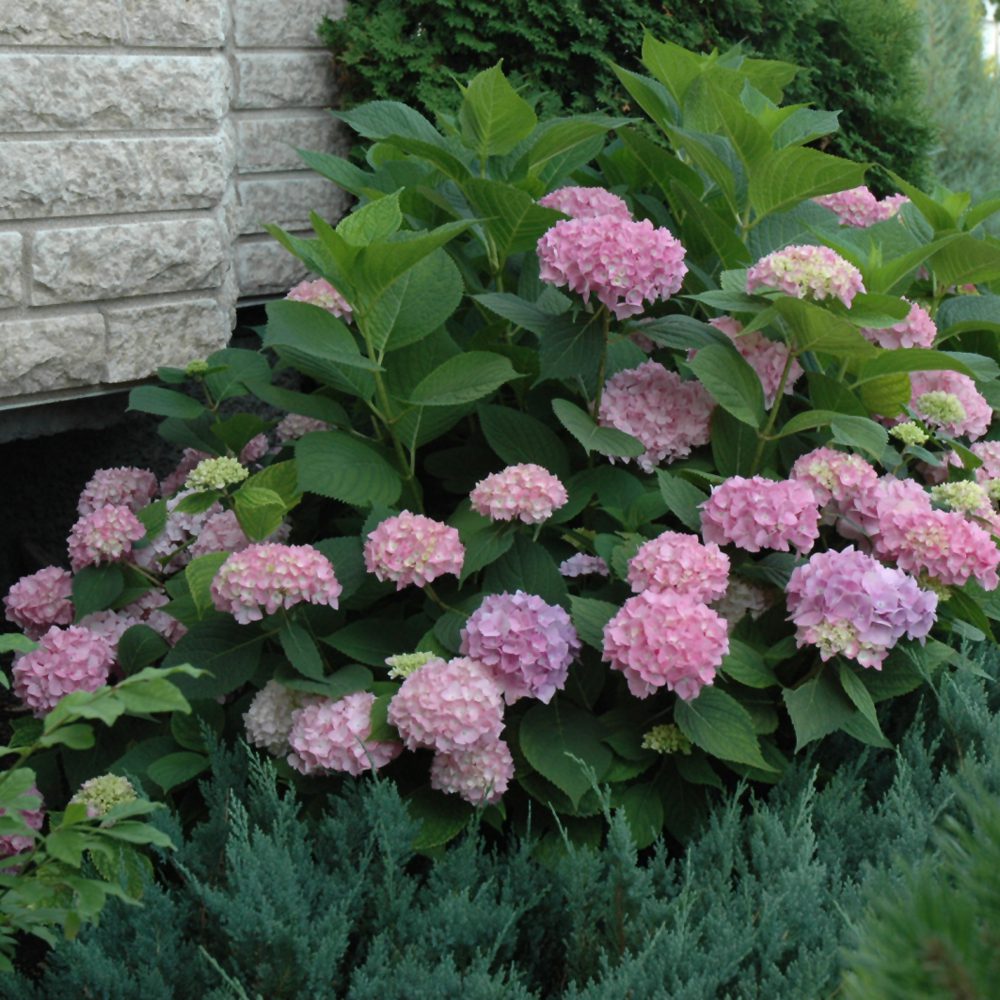 This hydrangea is a popular choice for its long-blooming flowers. It can bloom from early summer to late fall, even in full sun.
This hydrangea is a popular choice for its long-blooming flowers. It can bloom from early summer to late fall, even in full sun.
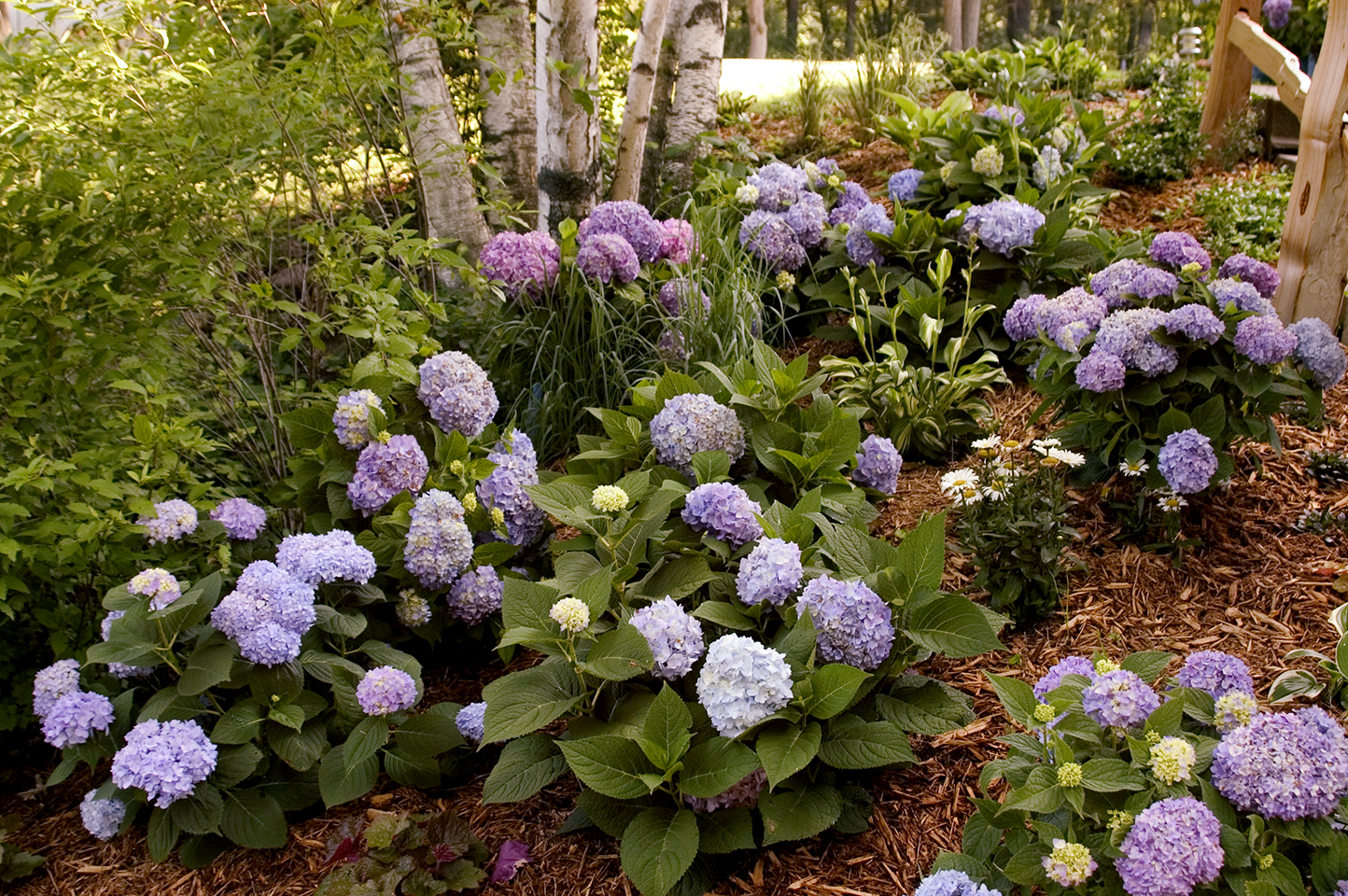
Blue Hydrangea
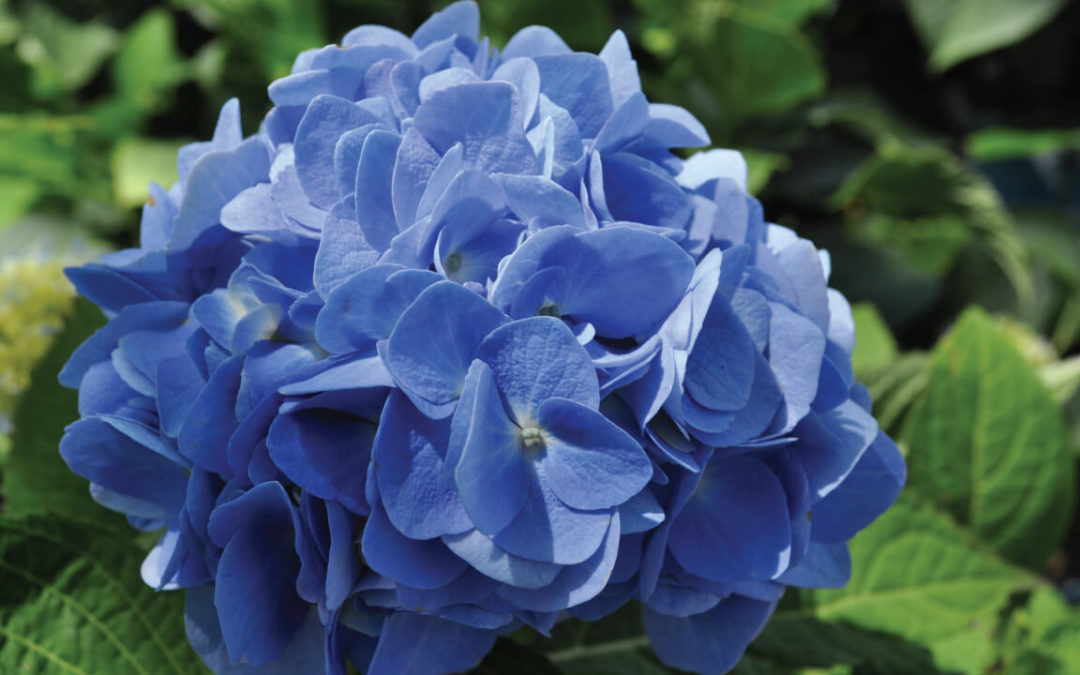 This hydrangea is known for its blue flowers, which can be achieved by planting it in acidic soil. It can tolerate full sun, but it will do best in partial shade.
This hydrangea is known for its blue flowers, which can be achieved by planting it in acidic soil. It can tolerate full sun, but it will do best in partial shade.
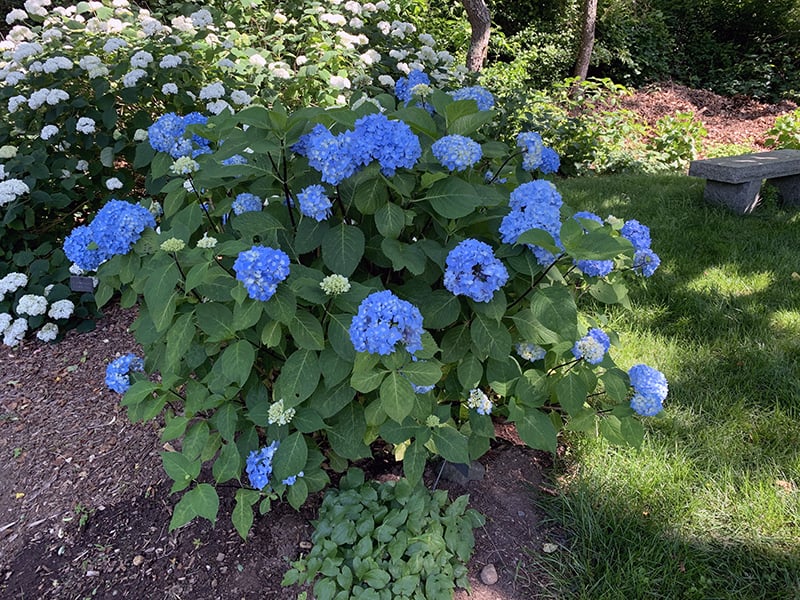
Post a Comment for "Full Sun Hydrangeas: The Ultimate Guide To Growing These Beautiful Blooms In Your Garden"